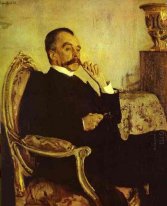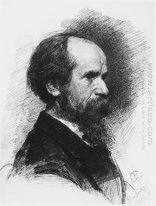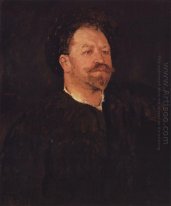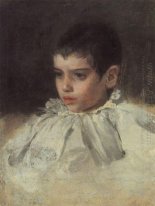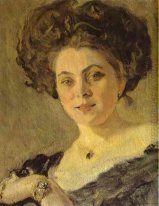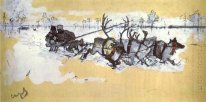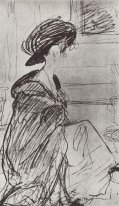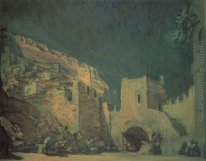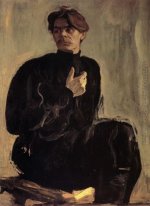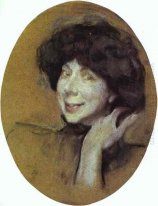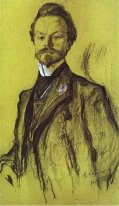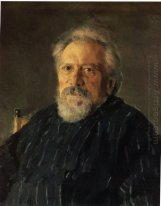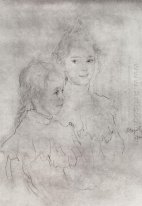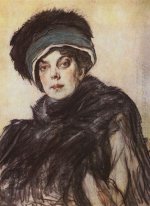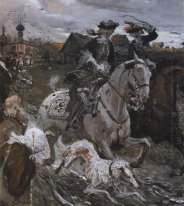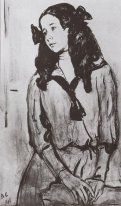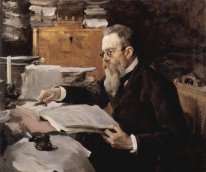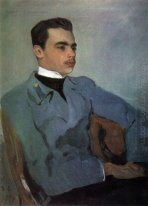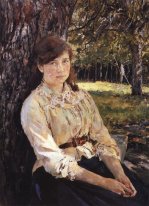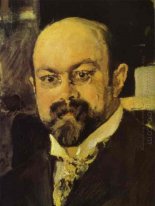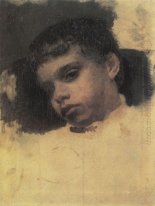Valentin Serov
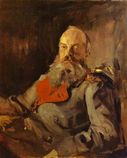
Valentin Serov was considered to be the greatest portraitist of his time. He has been extremely revered both in Russia and abroad. Serov continued the traditions of late nineteenth-century realist portraiture, which were made richer by the achievements of Impressionism. It is interesting to note that while creating his early unsurpassable works that resemble Renoir in a way, he did not know about the existence of the new trend called Impressionism. Serov painted a brilliant gallery of portraits that are among the most treasured exhibits in the Russian Museum in St. Petersburg and the Tretyakov Gallery in Moscow as well as in some minor museums of the country, and in private collections.
Valentin Aleksandrovich Serov began his art training by studying with K. Koepping (1873-1874) and later with I.E. Repin (1874-1875 and 1878-1880). He then was a pupil of E.B. Chistiakov at the Petersburg Academy of Arts from 1880 to 1885. For long periods of time he lived at Abramtsevo, the country estate of the well-known art patron Savva Mamontov, where he was a part of the Abramtsevo Art Circle. He graduated from the Academy in 1884 and became an active member in 1903. Two years later, however, he left the Academy in protest over the Tsarist government's shooting at the workers' demonstration on January 9,1905, which marked the beginning of the first Russian Revolution.
In addition to teaching at the Moscow School of Painting, Sculpture, and Architecture from 1897 to 1909, Serov participated in the Circle of the Itinerants and their art exhibitions (1894-1899) and in the societies of World of Art (1899-1903) and the Union of Russian Artists (1903-1909). The greatest portraitist of his time, Serov continued the traditions of late nineteenth-century realist portraiture, which were made richer by the achievements of Impressionism. In his later years, Serov's works presaged the artistic developments of twentieth-century painting. He produced landscape paintings as well as historical compositions and genre scenes.




